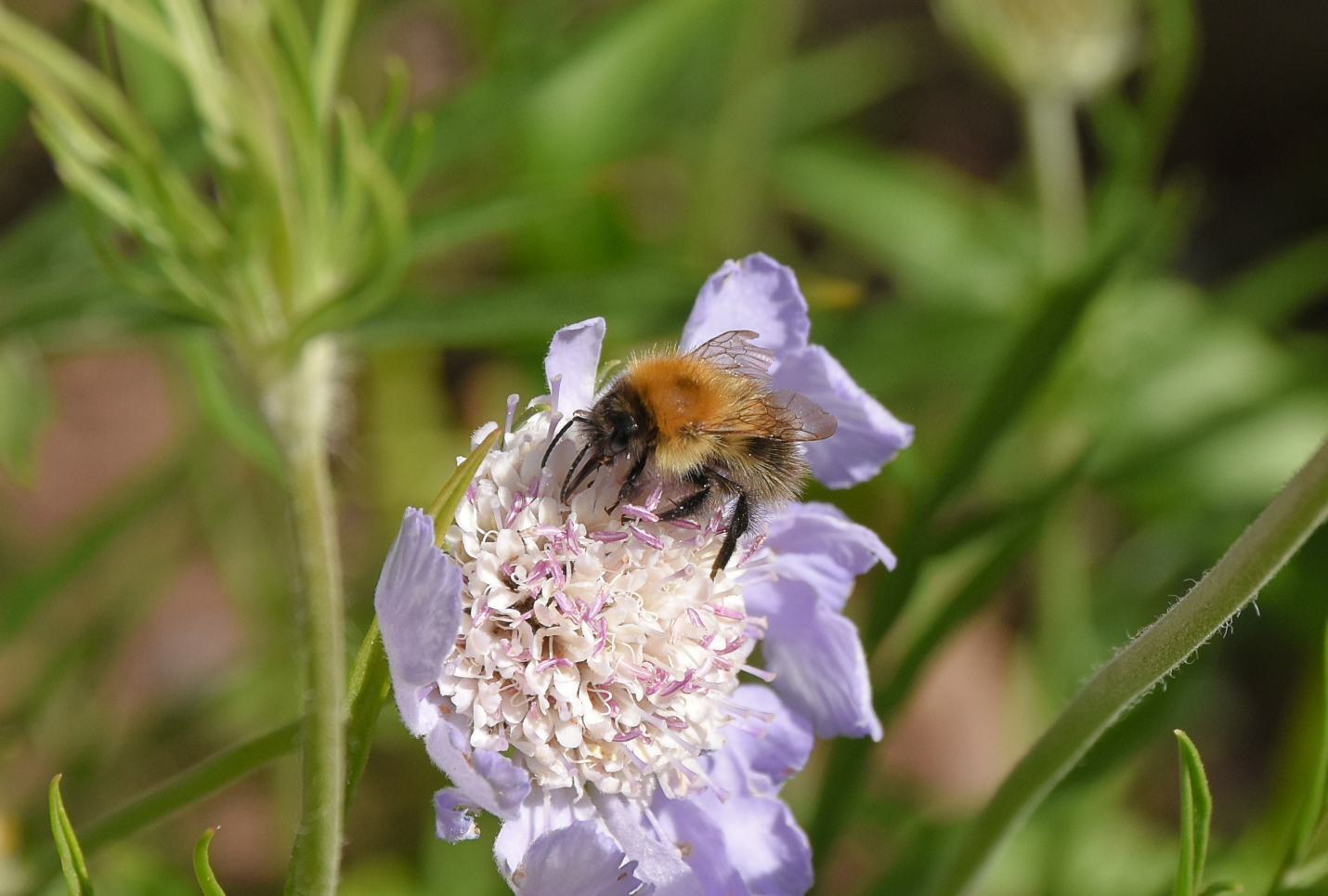Kinnaber despite the wind, had dark Green Fritillary, Common Blue, Small Heath, Small Copper, Small White, Meadow Brown, Peacock and Green veined White Butterflies. Scoters were a blur in the haze.
Lastly, some interesting behaviour at Danger Point (Old Brewhouse/Brothock Burn), another tangled Gull and 2 Grey Wagtails.
I couldn't get stills of the Ruff but did get video from shelter between the gorse bushes.
Ruff juvenile Different Ruff Peacock Butterfly
Greenshank - Lurgies Ruddy Shelduck Common Sandpiper Snipe Pink-footed Goose
Lesser Black-backed Gull begging
A quiet slow approach behind the ever larger Gorse at the Lurgies, coupled with a very long lens, and some patience resulted in some decent Greenshank photos and very good video. I seldom say very good!
I measured the distance this was photographed from at 560 metres, I was on the Lurgies path and the Ruddy Shelduck was feeding past the point that obscures the view to Maryton. It looked to be picking something from the water along with two Black-headed Gulls
One of three Pink-footed Geese that have stayed over the summer, most likely they have all been injured, probably shot, and were unable to leave to breed in Iceland. They like to sit on Miss Erskine's Bank at high tide, which suits my P1000 although near its limits
I could have chased a Peacock Butterfly all day and not got close, but this one landed almost at my feet while I was filming the Ruddy Shelduck
I only got one shot of this young Herring Gull without any set up for the harsh sun before it went into the water. I included it here as it shows the anglers nylon wrapped around it's leg. It won't be the last one I'll see this season, having seen Oystercatchers, Shags, Cormorants, Turnstones and Redshanks all with tangled lines, some of which would have ended with the birds leg rotting away, or in the case of a Shag, starvation as it couldn't hunt
This is a juvenile Lesser Black-backed Gull on the old sewage pipe where the Brothock Burn enters the sea at Danger Point. It was pestering and begging it's parent for food and is the one in the video above
I think this is another Lesser Black-backed gull just upstream from the sea. Many LBBG's nested this year on the buildings in or near the High Street in Arbroath, many chicks didn't make it unless they managed to walk down the street to the sea, some died after falling off ledges, hopefully others were more advanced and landed less heavily
Still lots of Common Carder Bees in Olive's garden along with many common species of Hoverflies
Google said it's a Common Field Grasshopper Chorthippus brunneus which I photographed at Kinnaber Links. I didn't have a camera or lens for insects as carrying a scope, tripod, binoculars and drinks was enough in the baking heat. I'd gone to check out the Scoter flock but they were out a bit and the heat haze was severe. This species was first described by Gryllus Thunberg in 1815, I wonder is he's related to Greta!
I found this moth on a small tripod I use with a trail camera, it's either a Common Rustic (first choice) or a Lesser Common Rustic. This is from UK Moths "can only be reliably separated by examination of the genitalia" Olive thinks I'm weird enough without me confirming it by trying that
Small Copper Butterfly at Kinnaber, just a few around in the wind, and all on this type of flower (ragwort), the only flowering plant seen, all of the rest seemed to be past
There were lots of Small Heath Butterflies despite the strong wind
Having just watched a Small White Butterfly land on the leaf and bend its abdomen to deposit an egg, it was easy enough to find the egg. Small holes in many of the plants suggest previous eggs have hatched, and I reassured Olive that her flowers wouldn't be devastated and that most eggs were laid on my weeds, which I'll happily leave alone. The egg is almost dead centre, white and casting a long shadow!
Mum of the egg above (I think)
One of Ben's Starlings, the first I've seen in my garden this season. It's easy enough to get a photo through the windows if the bird is on a feeder, but I need to keep a small area of my semi-wild lawn cut short so I see rings on birds walking around. I'll add details when I get them



















No comments:
Post a Comment